Feeding Ginkgo Trees: Learn About Ginkgo Fertilizer Needs


One of the world’s oldest and most amazing plants, ginkgo (Ginkgo biloba), also known as maidenhair tree, was in existence when dinosaurs roamed the earth. Native to China, ginkgo is resistant to most insect pests and disease, tolerates poor soil, drought, heat, salt spray, pollution, and isn’t bothered by deer and rabbits.
This fascinating, hardy tree can live a century or more and can reach heights in excess of 100 feet (30.5 m.). In fact, one tree in China reached a grand height of 140 feet (42.5 m.). As you might imagine, fertilizing ginkgo trees is rarely necessary and the tree is adept at managing on its own. However, you may want to feed the tree lightly if growth is slow – ginkgo usually grows about 12 inches (30.5 cm.) per year – or if leaves are pale or smaller than usual.
What Ginkgo Fertilizer Should I Use?
Feed ginkgo using a balanced, slow-released fertilizer with an NPK ratio such as 10-10-10 or 12-12-12. Avoid high-nitrogen fertilizers, especially if the soil is poor, compacted, or doesn’t drain well. (Nitrogen is indicated by the first number in the NPK ratio marked on the front of the container.)
In lieu of fertilizer, you can also spread a generous layer of compost or well-rotted manure around the tree any time of year. This is an especially good idea if the soil is poor.
When and How to Fertilize Ginkgo Trees
Don’t fertilize ginkgo at planting time. Fertilize ginkgo trees in late winter or early spring, just before new leaf buds. Usually, once a year is plenty, but if you think more is necessary, you can feed the tree again in early summer.
Don’t fertilize ginkgo during a drought unless the tree is fertilized regularly. Also, keep in mind that you may not need to apply fertilizer if your ginkgo tree is growing adjacent to a fertilized lawn.
Feeding ginkgo trees is surprisingly easy. Measure the circumference of the tree approximately 4 feet (1 m.) off the ground to determine how much ginkgo fertilizer to use. Apply 1 pound (0.5 kg.) of fertilizer for every inch (2.5 cm.) of diameter.
Gardening tips, videos, info and more delivered right to your inbox!
Sign up for the Gardening Know How newsletter today and receive a free copy of our e-book "How to Grow Delicious Tomatoes".
Sprinkle the dry fertilizer evenly on the soil under the tree. Extend the fertilizer to the drip line, which is the point where water would drip from the tips of the branches.
Water well to ensure ginkgo fertilizer penetrates the mulch and soaks evenly into the root zone.

A Credentialed Garden Writer, Mary H. Dyer was with Gardening Know How in the very beginning, publishing articles as early as 2007.
-
 4 Superfast Composting Methods: Turn Waste Into Garden Gold In 30 Days Or Less
4 Superfast Composting Methods: Turn Waste Into Garden Gold In 30 Days Or LessTry the fastest composting methods to turbocharge your pile and transform kitchen scraps and garden waste into finished compost in just a few weeks.
By Mary Ellen Ellis
-
 Best Spider Plant Soil – Complete Soil Guide And Expert Tips For Keeping Plants Happy
Best Spider Plant Soil – Complete Soil Guide And Expert Tips For Keeping Plants HappySpider plants are fun and easy plants to grow, but what is the best soil for a spider plant? Selecting the right soil is important so they can thrive.
By Bonnie L. Grant
-
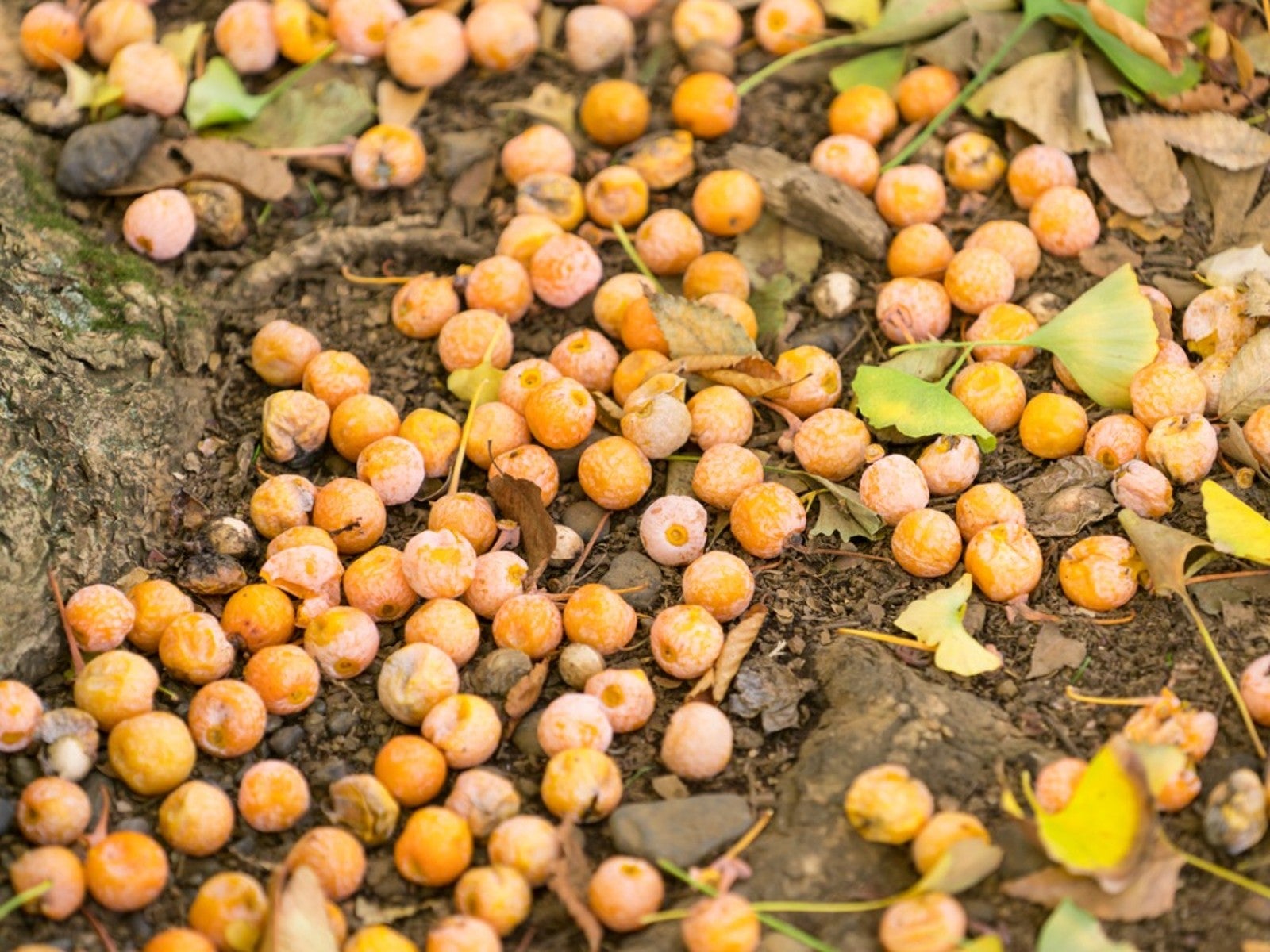 How To Get Rid Of Smelly Ginkgo Biloba Fruit
How To Get Rid Of Smelly Ginkgo Biloba FruitIt is possible to avoid the ginkgo smell with a little planning. Eliminating the odor, however, is a different story! Click here for more.
By Teo Spengler
-
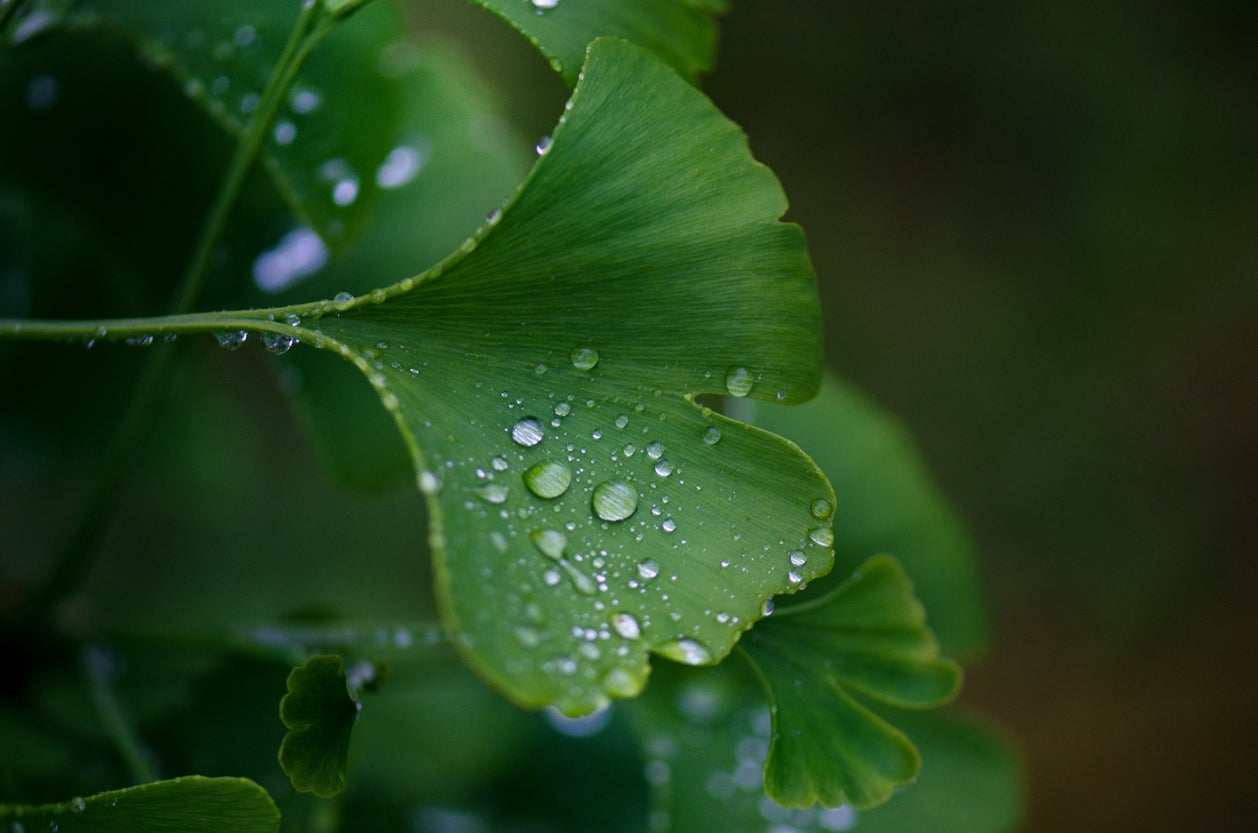 Ginkgo Water Requirements: How To Water Ginkgo Trees
Ginkgo Water Requirements: How To Water Ginkgo TreesA ginkgo tree is a lovely ornamental or shade tree in yards. Once ginkgo trees are established, they require little maintenance and care. But considering ginkgo water requirements will help you ensure the trees in your garden are healthy and thriving. Learn more here.
By Mary Ellen Ellis
-
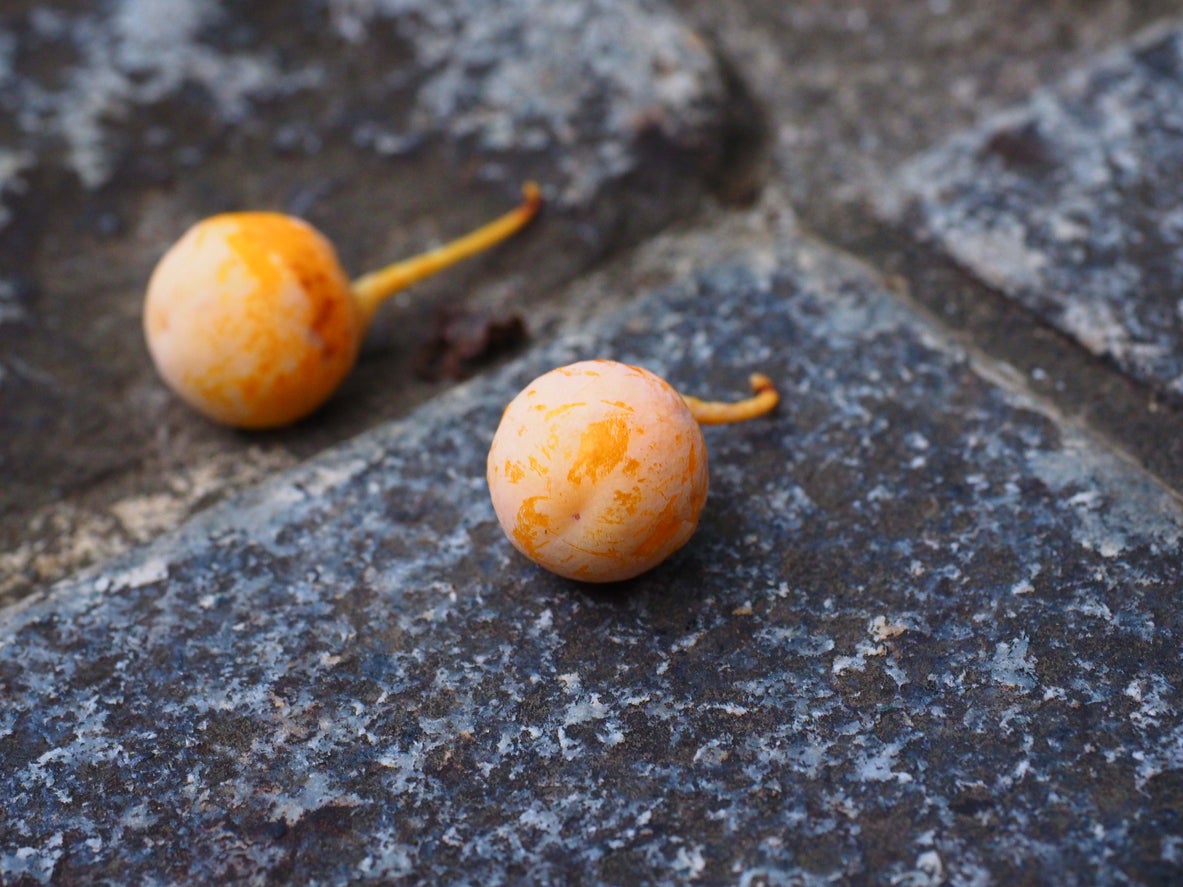 Ginkgo Seed Propagation Guide – How To Plant Ginkgo Seeds
Ginkgo Seed Propagation Guide – How To Plant Ginkgo SeedsOne of our oldest plant species, Ginkgo biloba can be propagated from cuttings, grafting or seed. The first two methods result in plants much quicker, but growing ginkgo trees from seed is an experience not to be missed. Click here for tips on planting ginkgo seeds.
By Bonnie L. Grant
-
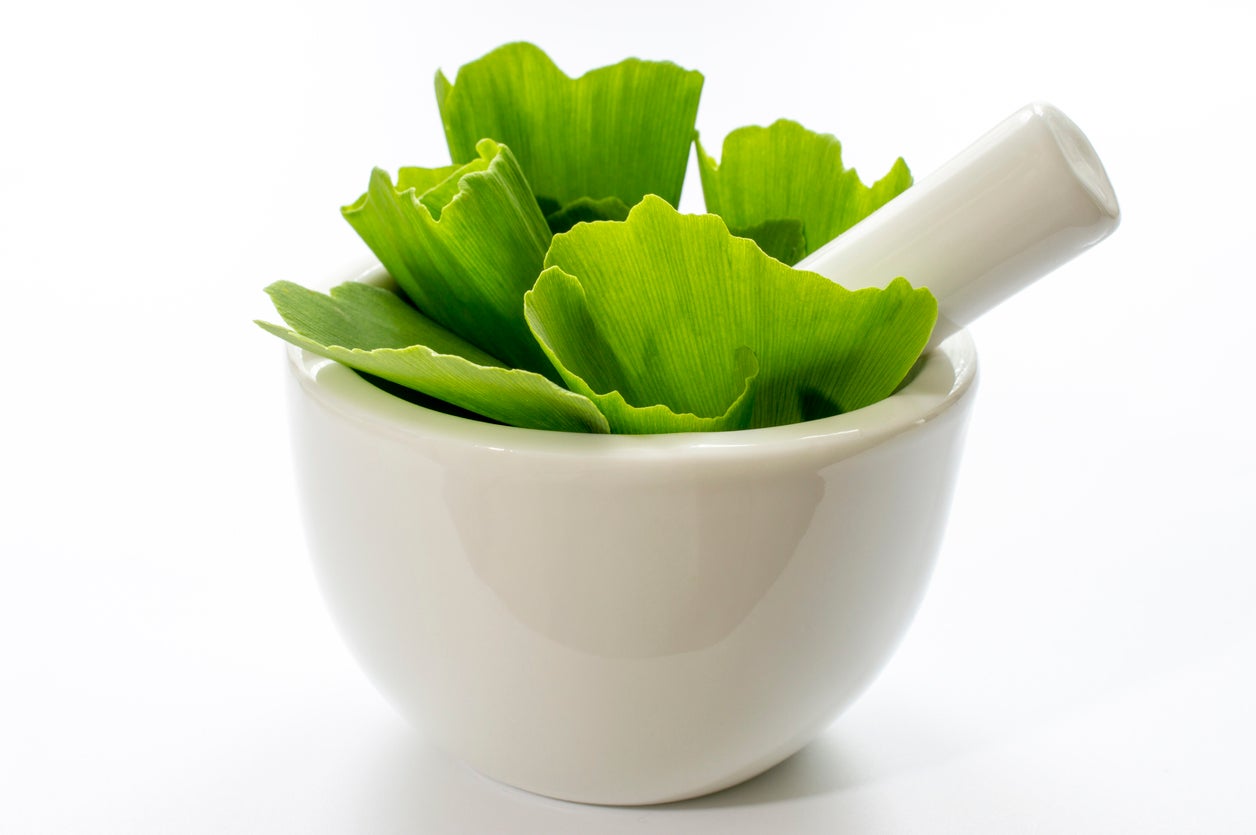 Is Ginkgo Good For You – Learn About Ginkgo Health Benefits
Is Ginkgo Good For You – Learn About Ginkgo Health BenefitsMedicinal ginkgo has been in use for at least 5,000 years and probably even longer. Modern ginkgo health benefits target memory and prevent certain signs of brain aging, but there are more historical uses for the plant. Learn what they are in this article.
By Bonnie L. Grant
-
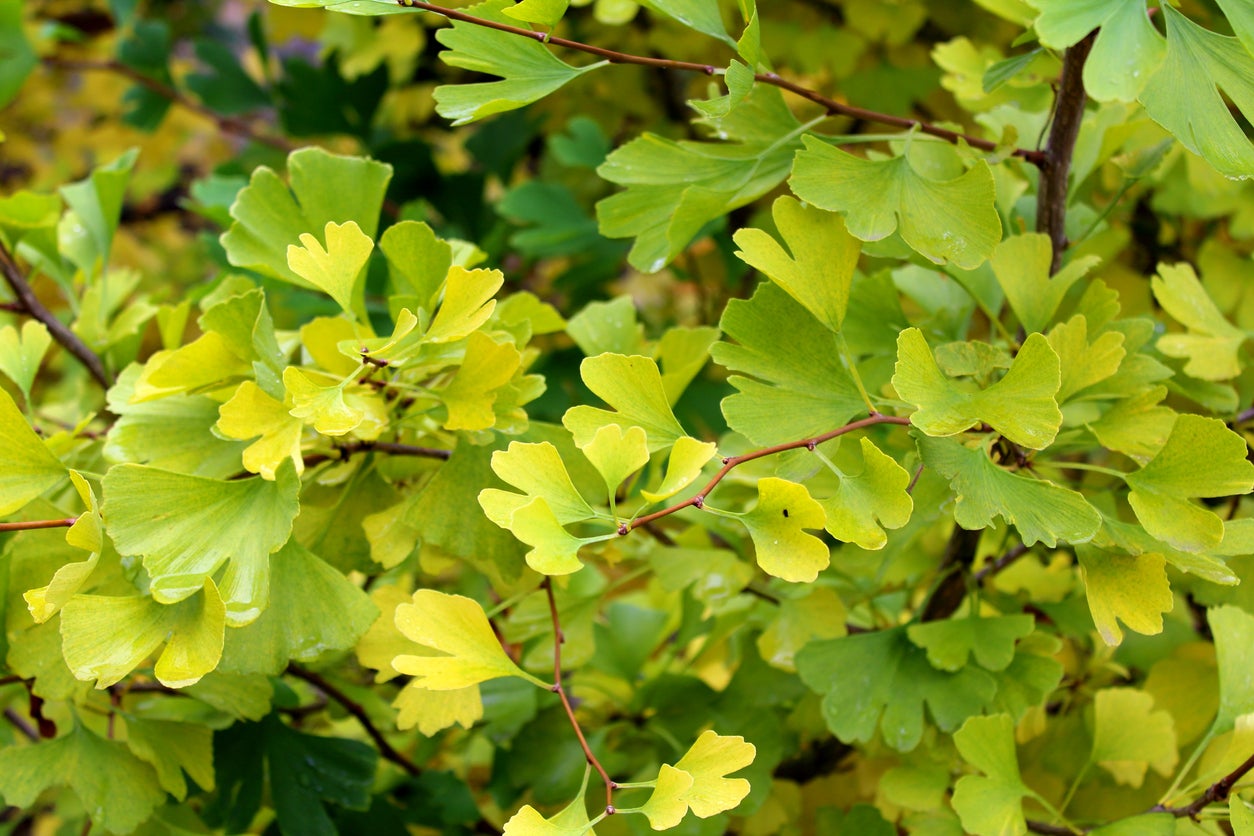 Managing Sick Ginkgo Trees: How To Control Diseases Of Ginkgo Trees
Managing Sick Ginkgo Trees: How To Control Diseases Of Ginkgo TreesGiven how long the ginkgo trees have survived on the planet, it won’t surprise you to learn that they are generally strong and healthy. Still, ginkgo tree diseases do exist. Click here for information about the diseases of ginkgo with tips for managing sick ginkgo trees.
By Teo Spengler
-
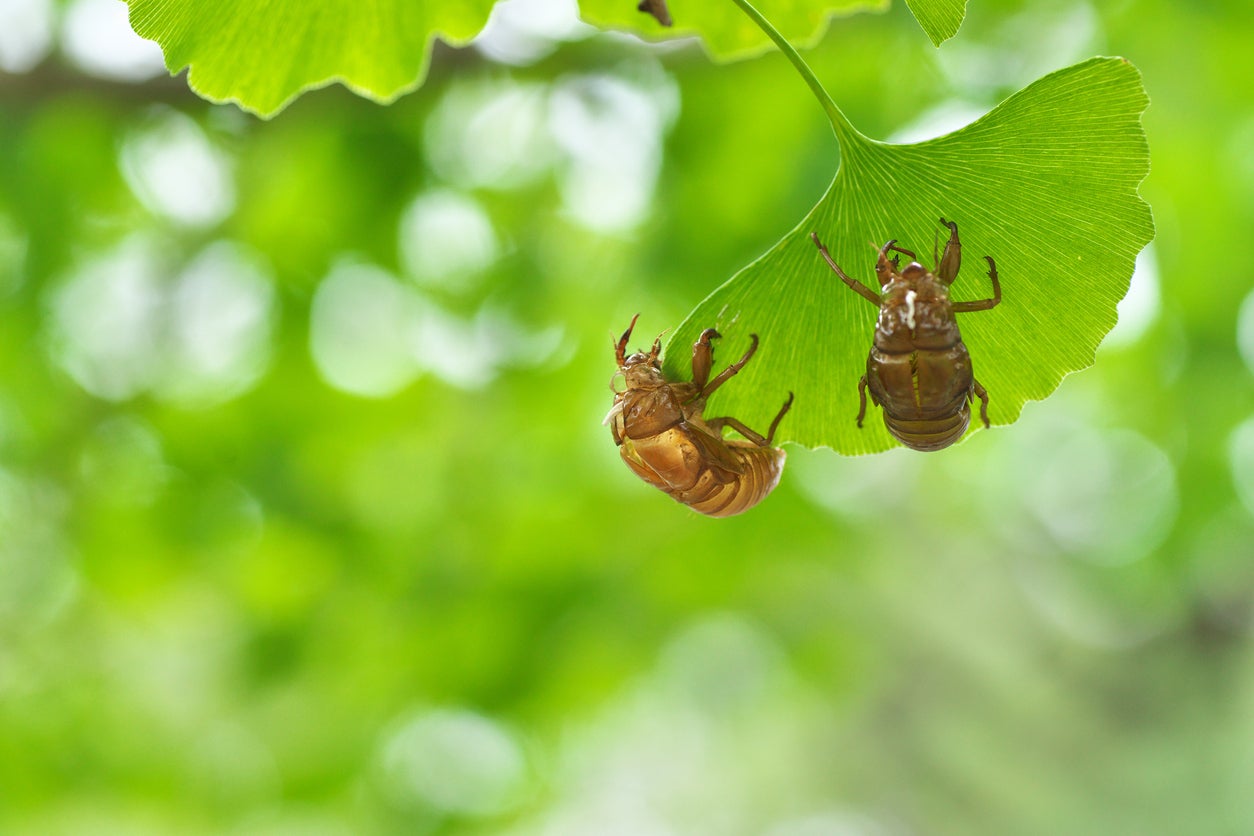 Ginkgo Insect Problems: Are Pests On Ginkgo Trees Serious
Ginkgo Insect Problems: Are Pests On Ginkgo Trees SeriousEven though there are very few bugs that prey on ginkgo trees, that doesn’t mean the species doesn’t have its share of ginkgo insect problems. So what kinds of ginkgo pests might be found on the tree? Click on the following article to learn more.
By Amy Grant
-
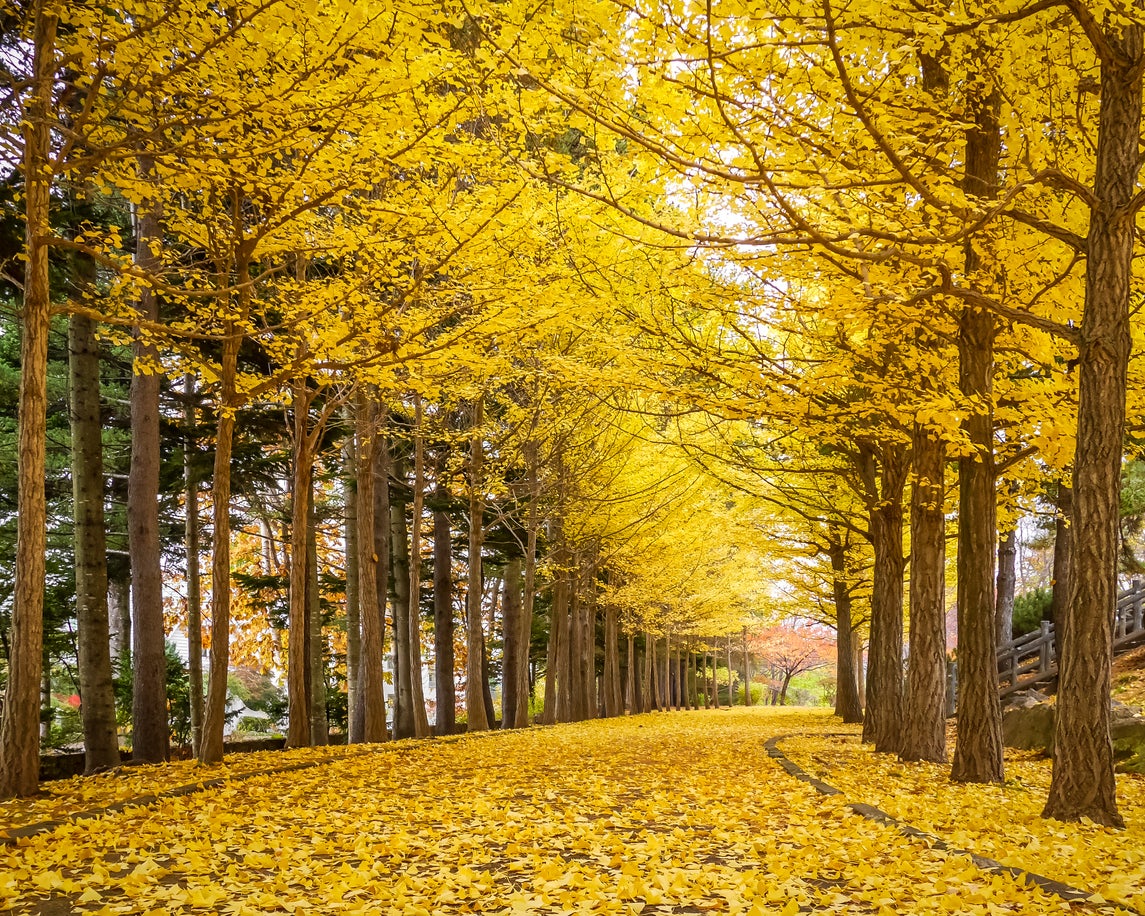 Common Ginkgo Cultivars: How Many Kinds Of Ginkgo Are There
Common Ginkgo Cultivars: How Many Kinds Of Ginkgo Are ThereGinkgo trees are unique in that they are living fossils, largely unchanged for nearly 200 million years. In the landscape, different kinds of ginkgo can be big shade trees and attractive ornamental additions to gardens. Learn about different varieties in this article.
By Mary Ellen Ellis
-
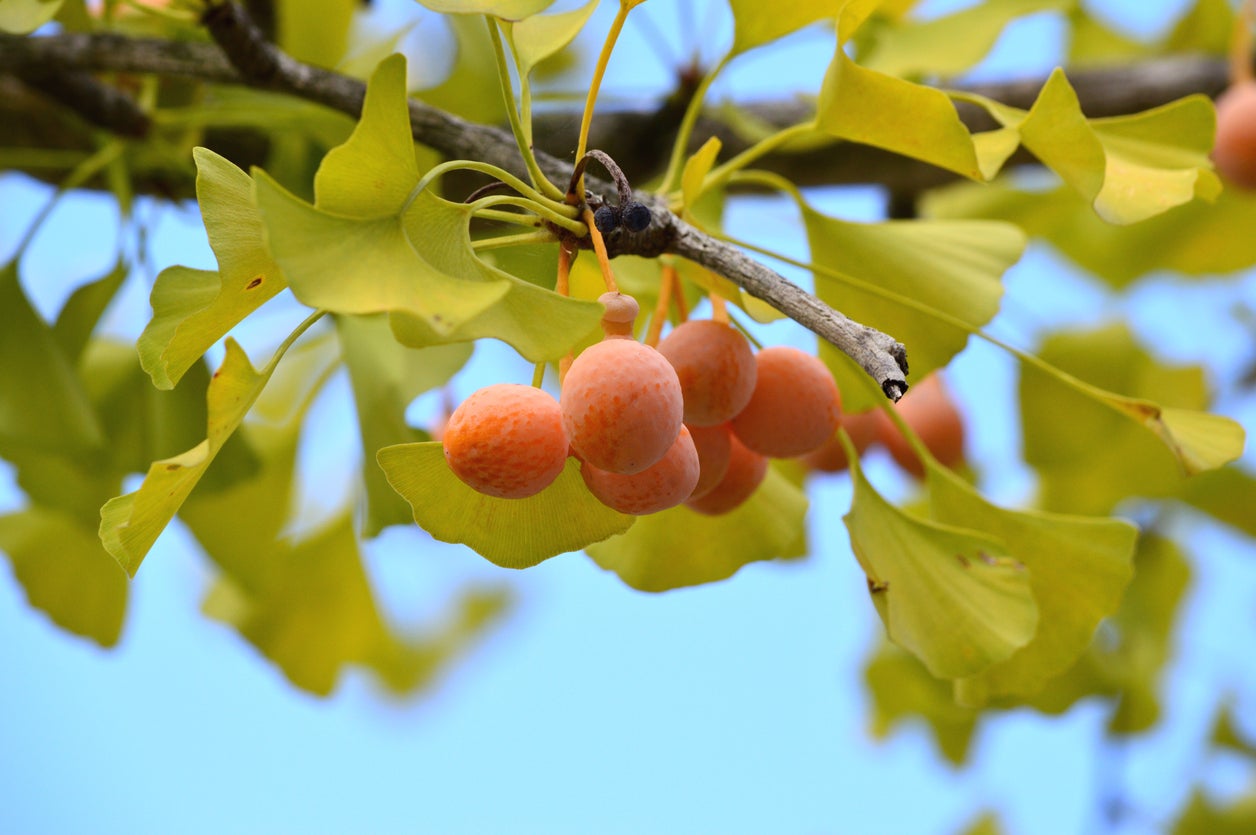 Eating Ginkgo Nuts: Information About The Fruits Of Ginkgo Trees
Eating Ginkgo Nuts: Information About The Fruits Of Ginkgo TreesGinkgo biloba has made something of a name for itself as a restorative for memory loss is extracted from the dried leaves. Ginkgo also produces rather odoriferous fruit. Stinky the fruit may be, but can you eat ginkgo fruit? Click this article to find out.
By Amy Grant